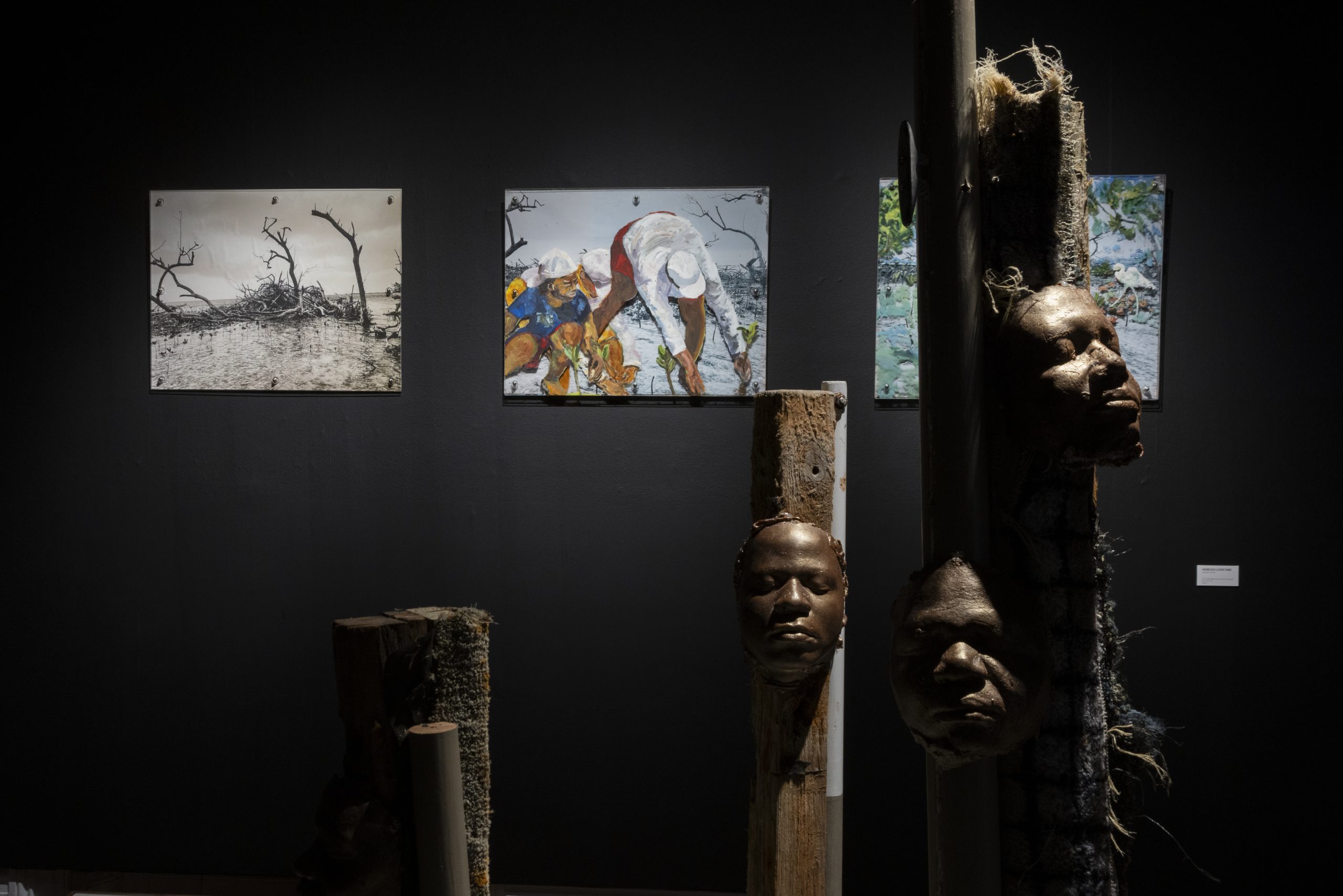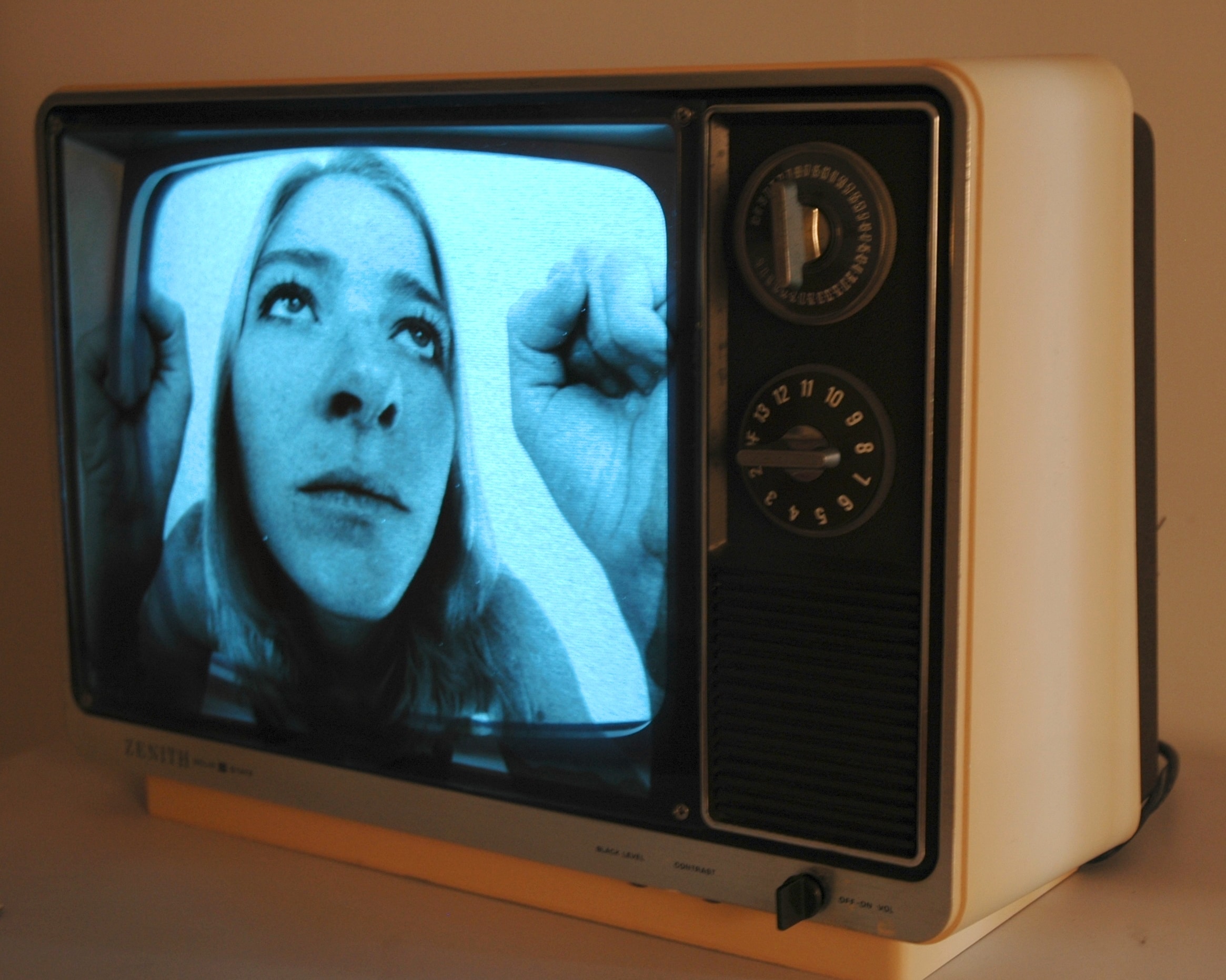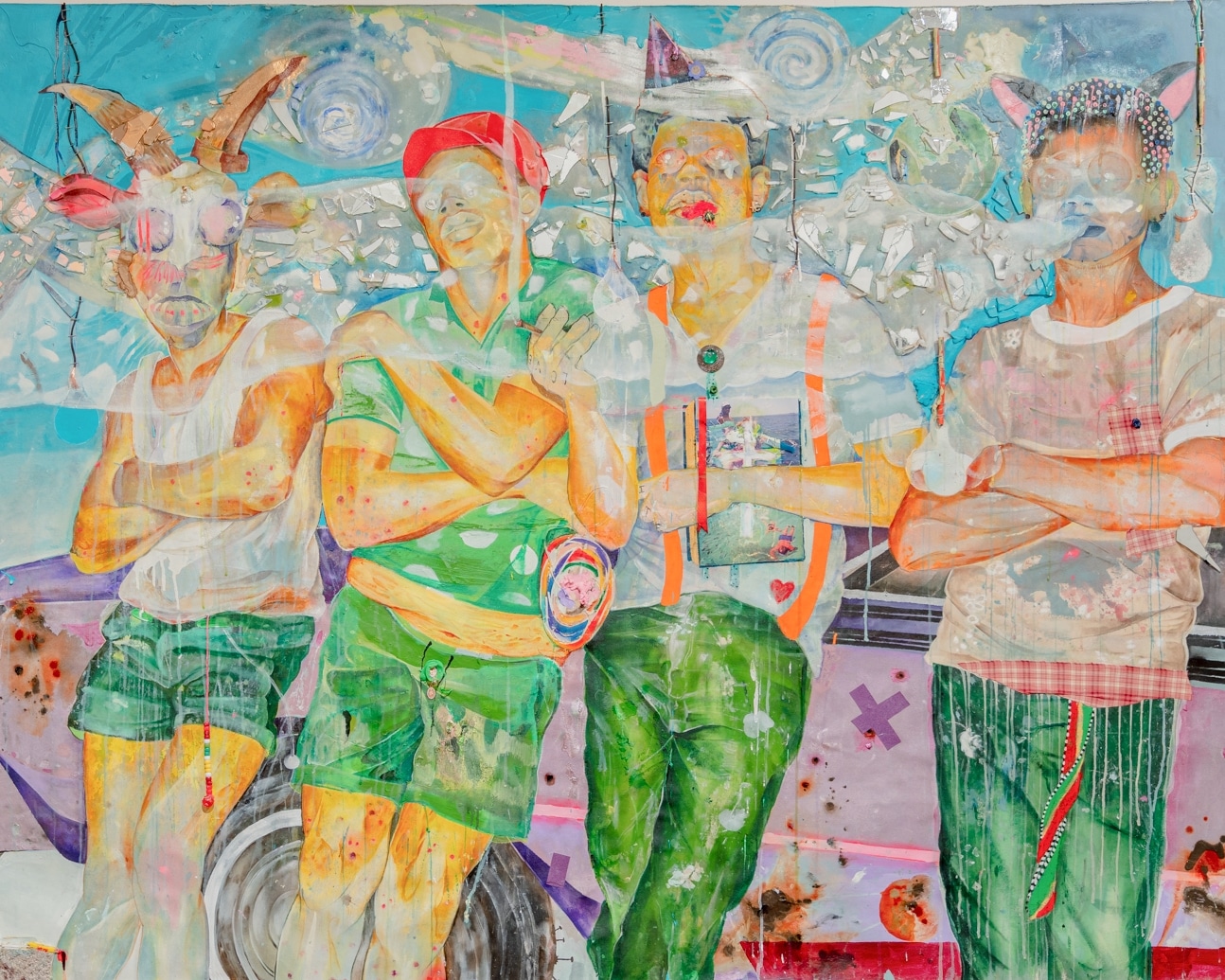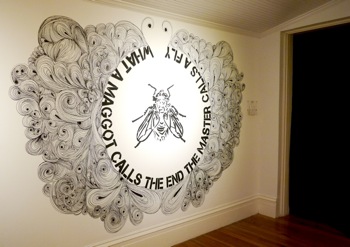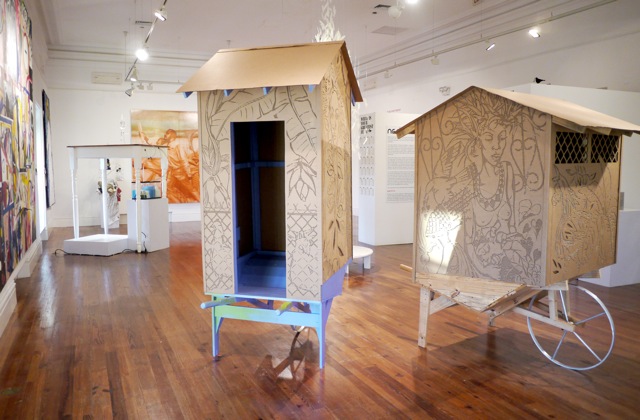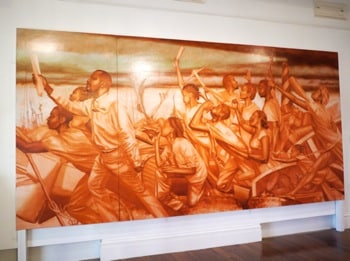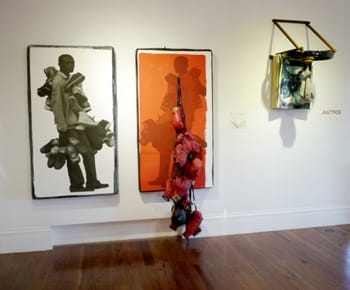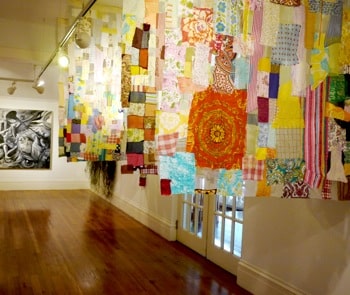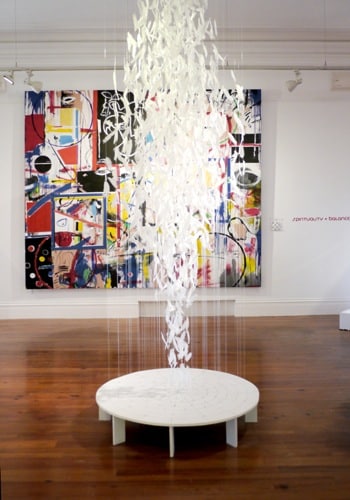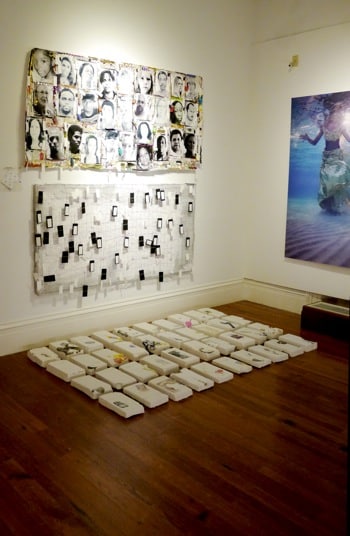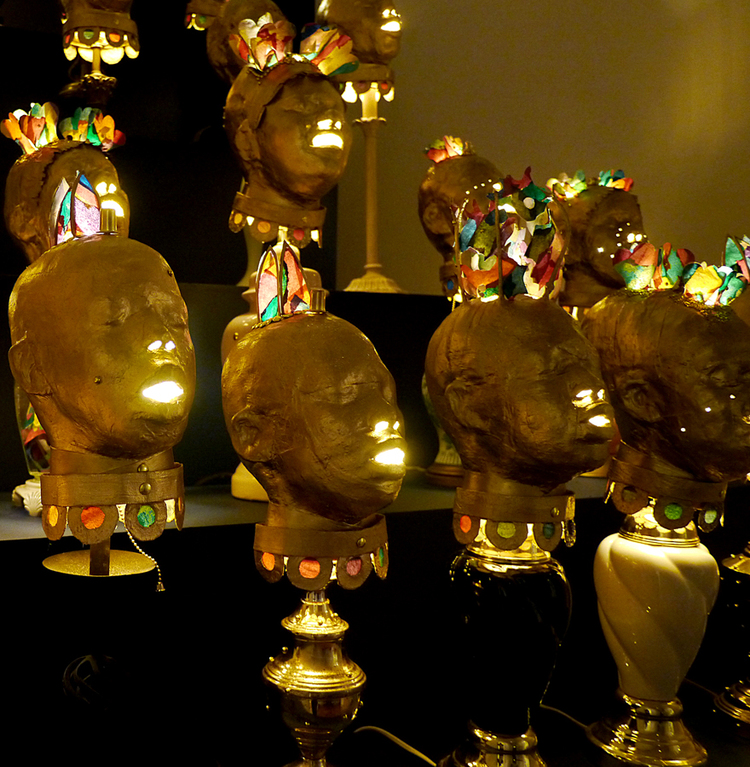National Exhibition 6: Kingdom Come
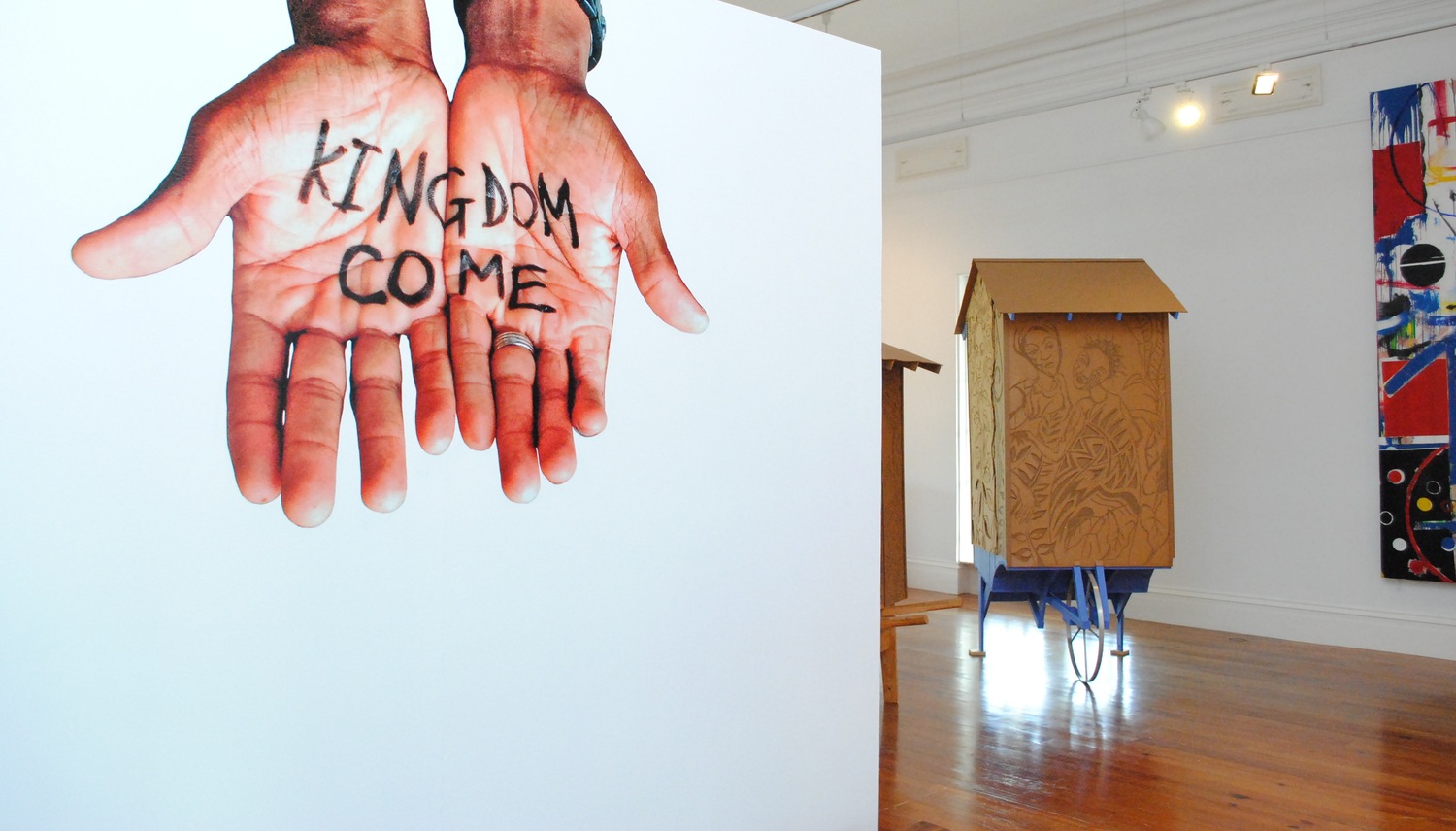
Dates
15 November 2012 – 7 April 2013
Location
NAGB
National Exhibition
National Exhibition 6: Kingdom Come features work by 50 Bahamian artists responding to the idea of the apocalypse—not just as an end, but as a shift or new beginning. The exhibition looks at how global and local belief systems are being challenged in a time of rapid change. Artists explore five main themes: Identity, Transformation, Justice, Survival, and Conversion. Together, the works examine questions about who we are, what we’ve inherited, and how we move forward.
National Exhibition 6: Kingdom Come is curated by John Cox.
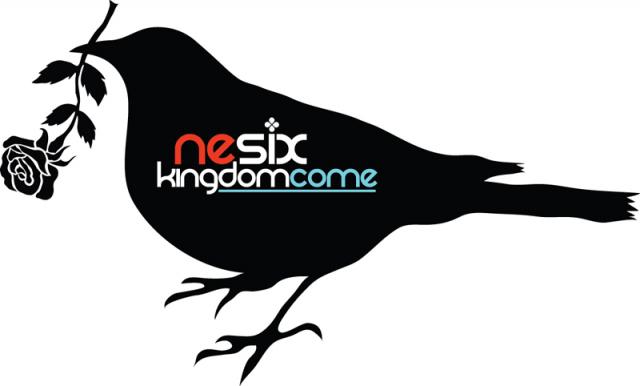
Artists
John Beadle
Joann Behagg
Jonathan Bethel
Lillian Blades
Dede Brown
Lawrence D. Burns
Apryl Burrows
Maria Chisnall
Jessica Colebrooke
Christina Darville
Claudette Dean
Donna DeCosta
Veronica Dorsett
Michael Edwards
Sonia Farmer
Tyrone Ferguson
Del Foxton
Kendra Frorup
Yutavia George
Maria Govan
Kendal Hanna
Andret John
Sue Katz
Thierry Lamare
Scharad Lightbourne
Sabrina Lightbourne
Toby Lunn
Susan Moir MacKay
Candis Marshall
Jace McKinney
Patricia Glinton Meicholas
Jeffrey Meris
Kishan Munroe
Lavar Munroe
Keisha Oliver
Holly Parotti
Lynn Parotti
Jackson Petit
Malcolm Rae
Dylan Rapillard
John Paul Saddleton
Heino Schmid
Steven Schmid
Dave Smith
Max Taylor
Allan Wallace
Eleanor Whitely
Italia Williams
Artwork
Special catalogue
This limited-edition catalogue departed from traditional formats. Inspired by zines, it featured removable prints and quotes from participating artists. It was designed by Denise See and printed by Sonia Farmer of Poinciana Paper Press.
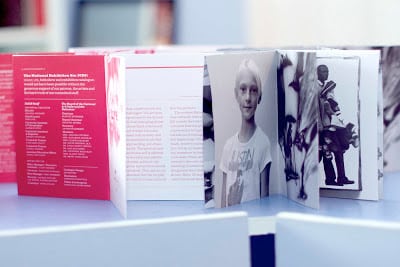
In this series
